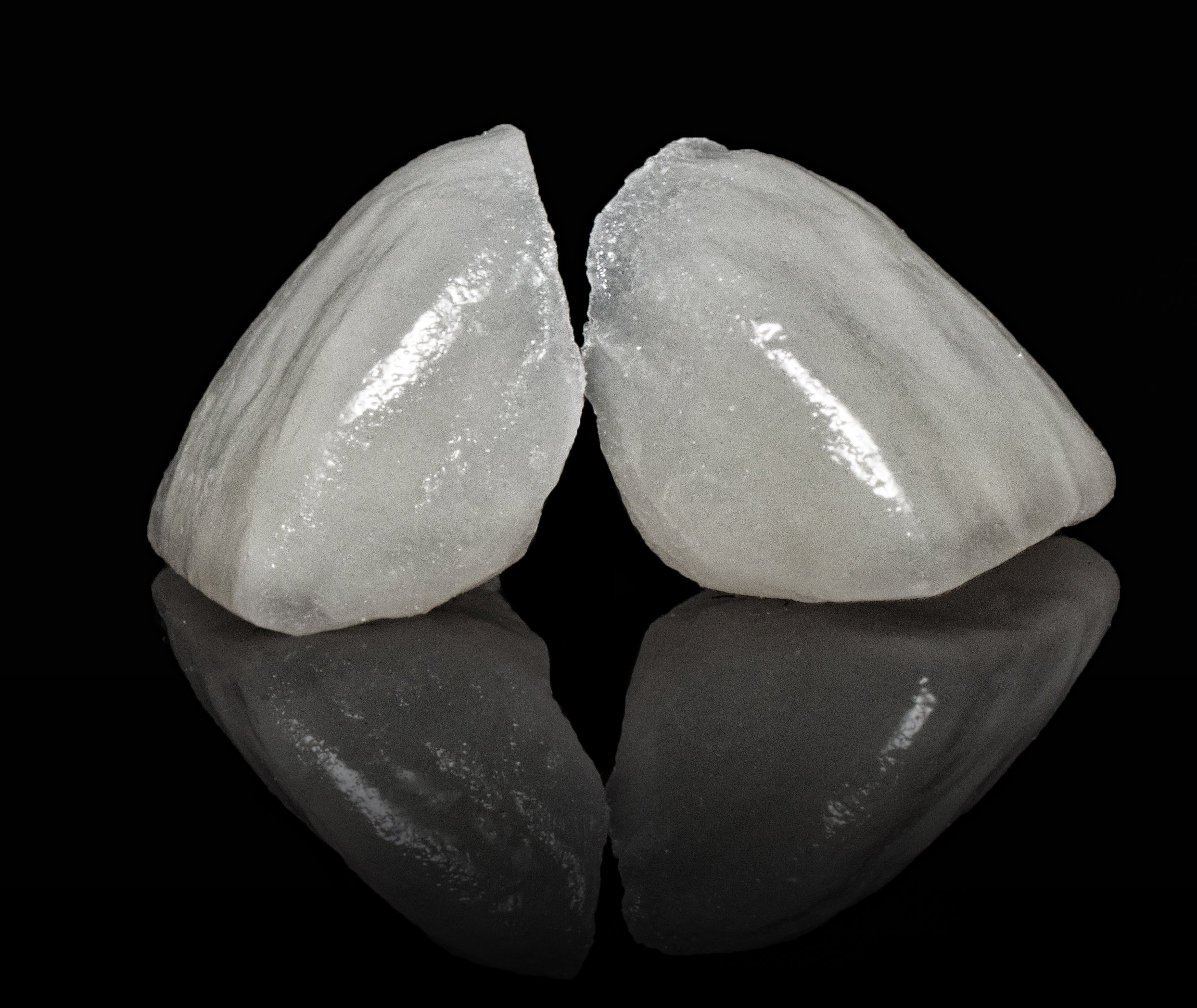Veneers – what are they?
Veneers help you get the desired shape of teeth and restore the natural, white colour of your teeth. They can be used to eliminate slight defects in the positioning of your teeth (bunching, gaps between teeth), mask enamel fissures, hide the discolouration of root-canal-treated teeth or teeth with ugly fillings in the anterior section.
The advantage of veneers is the ability to achieve a very good aesthetic effect with minimal interference with the tooth tissue.
Contraindications for veneer placement
The contraindications for veneer placement are:
- extensive tooth decay;
- a major malocclusion;
- periodontitis;
- dysfunctions such as clenching or grinding of the teeth.
Habitual nail biting may also be a contraindication.
Acrylic veneers
We use acrylic, composite and porcelain for producing veneers. Acrylic veneers should only be used temporarily. They are made of heat-polymerized acrylic polymers. They are less durable, thicker and less aesthetic than the other types of veneers.
Composite veneers
Composite veneers enable the creation of a front external layer of the tooth with minimal or no interference with your tooth’s own tissues. They are made of composite materials by the dentist during the appointment at his surgery or they are prepared in a laboratory. They are less durable than ceramic veneers and are less aesthetic. However, they are much cheaper and, with the required lesser interference with the tooth’s tissue, they become an alternative to porcelain veneers.
Ceramic veneers
Ceramic veneers made of various types of prosthetic porcelain are the best and the most durable prosthetic solution. Their excellent aesthetic properties, invariability of their colour in use, hardness and physical properties that are close to those of natural teeth mean that they are most frequently chosen and proposed by dentists.
How to choose veneers?
When making veneers, the dentist collects precise information from you about your habits and conducts a dental examination, which gives him a basis for planning his work. Diagnostic models are often used. You and the dentist can use them to see the final outcome and you are able to comment on the shape of your future teeth. The dentist uses special colourants to select the colour of the veneers to make them similar to the neighbouring teeth.

What does the procedure of applying veneers look like?
You will find that the process of preparing the tooth for the veneer is painless and is not unpleasant. Everything is performed under local anaesthesia. In special cases, veneers can be made without grinding your teeth, after which they can always be removed to obtain teeth in the same condition as they were before they were applied.
After preparing (preparation of) the teeth, the dentist uses special silicone masses to take impressions of your mouth and, together with the information about the colour and other planned details, he sends his work to the laboratory.
Veneers take several days to prepare in the laboratory. During this time, your teeth are secured with temporary veneers. Made of a special, aesthetic material, they enable you to function normally until the final work is complete.
During the next appointment, after removing the temporary veneers, the surface of the teeth is additionally cleaned and prepared for cementing in the final veneers. Cementing takes place with the use of aesthetic composite cements.
The dentist checks your bite gives his recommendations, after which the process of applying the veneers ends. From that moment, you can fully enjoy a beautiful smile.
Care for teeth with veneers
Standard hygienisation is:
- brushing your teeth twice a day with a toothbrush and toothpaste;
- using the recommended mouthwashes;
- using dental floss;
- removing tartar;
The dentist also recommends the dates of the follow-up examinations enabling him to check that the veneers are operating correctly.



